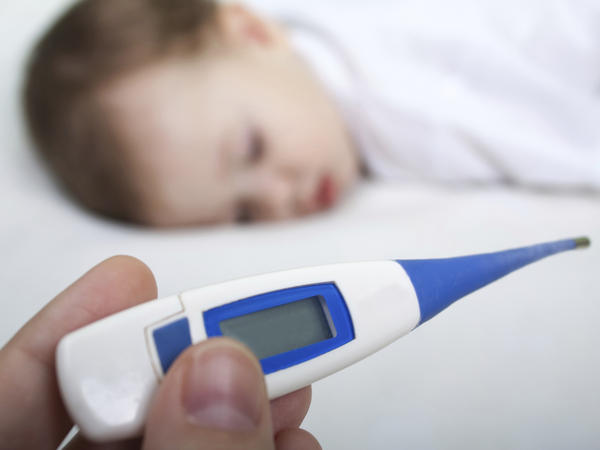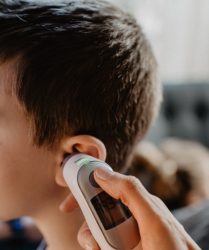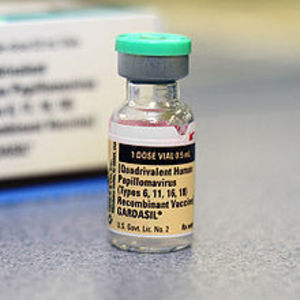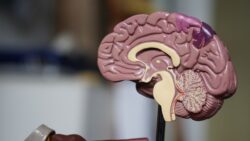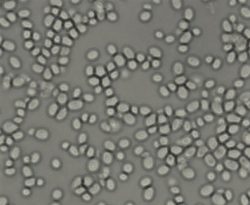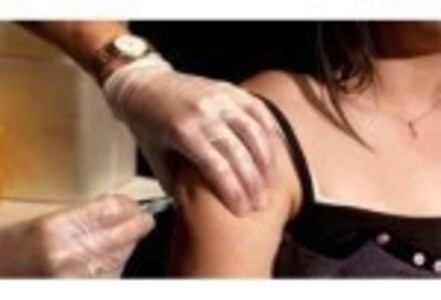Somewhere around the third time my daughter had a fever of 105-106 degrees, I began to think, “There might be more to this.” I mean, of course you worry when your child has a fever; especially when they are scary high like these, but the doctor said, “it’s not unusual for young kids around 2 years old to get up to 10 colds a year.” Still, I thought these fevers were odd. They came on quickly and did not respond well to ibuprofen. She was so hot, and yet, she wanted to be all covered-up during the episodes. This was strange. I used to “accidentally” spill her sippy water on her so I could get her out of her pajamas to cool off. I was desperate.
On several memorable occasions at 2 AM, I got into a cool bath with her to help bring down the fever after a double dose of ibuprofen failed us. I later learned it’s better to get in to a lukewarm tub and trickle cool water in to slowly cool them off. I suppose the oddest thing about the fevers was that she was completely fine in between fevers.
I began to keep track of the fevers and pretty quickly I had an excel chart that showed regular 4-5 week spaces between fever episodes. I went to the doctor and showed them my graph. They were unconvinced. I stayed with the practice but changed doctors (Tip: ask the nurses who is the best diagnostician).
Our new doctor said, “These are worth checking in to.” I think by then we were up to 6 to 8 episodes. She sent us to an infectious disease consult at a children’s hospital in a major urban area. The infectious disease specialist treated us like people with too much time and money on our hands. Her attitude was that we were likely creating problems because our life was obviously too blessed. Looking back, I understand that these doctors see really awful cases like children with HIV. Our daughter, on the other hand, presented as the picture of health because she was apparently well between episodes. I guess I’m still a little bitter about that experience, but I learned from it too.
The infectious disease consult doctor had said, “How do you know it wasn’t an ear infection or strep throat that caused the fevers?” From there forward, every time my daughter had a fever we went to the local clinic and had them document the fever and rule out strep or ear infection.
Our new doctor did appreciate the pattern and suggested we try a rheumatology consult next. I later learned that she had grown up with juvenile rheumatoid arthritis herself and was very sympathetic to our experiences. She even offered to make a house call at one point. Around this time, I began to take my daughter in for the “rule out” doctor visits unmedicated. Now the nurses were a little freaked out that I hadn’t given my child Tylenol or Ibuprofen before coming in with a child that had an extremely high fever. I’m not a doctor so I’m definitely NOT advocating ignoring or not treating fevers, but I will say that the sense of urgency around the diagnosis increased. They could now see vividly, in the flesh, how completely miserable our daughter was. Plus, they now had their own data collected in the doctor’s office showing a 105-106 degree fever.
I think that doctors are human and being able to see it in person is impactful. Our doctor ordered blood work and chest x-rays during two of the episodes. (Tip: always do radiology before blood work on a toddler who feels miserable. After a blood draw, it’s hard to get them to trust any other “procedure.” I can still see my husband encircling her arms and holding her still for the blood draw, while she hollered, in toddler speak, “No. no. no! I all done this! I all done this!”). Her X-rays were clear and blood work was ok except an elevated CRP.
By now my work was beginning to suffer a little, not too much but enough that some of the senior partners noticed. I had missed some important meetings. A senior partner meaning well said, “You know kids just get fevers.” By then, however, I had read several articles on the Internet about the differential diagnosis of fevers of unknown origin. I knew there that the possibilities ranged from benign to really scary. Consequences could be deafness or even death. Again, I am not a doctor, but I dare you to stay chill after you read about amyloidosis and other fun facts around Hyper IgD syndrome, TRAPS, Muckle Wells, Kawasaki’s Disease etc. I wondered what did people with less resources or “really important jobs” do?
Next we went to Stanford Pediatric Rheumatology, about an hour’s drive away. My excel charts were taken seriously. They said, “We think we know what this is, but it’s a diagnosis of exclusion. Let’s get some genetic tests started.” We were thinking Hyper IgD because my husband is Dutch and that’s a little more prevalent in Dutch descent. Honestly, they were so interested we couldn’t help but wonder if they thought there might be a paper to publish in her case. They also tried to take our daughter’s blood pressure and she imploded. (Tip: don’t make the blood pressure machine look like the blood draw seat, too many bad memories.)
This new doctor turned out to be wonderfully caring and gentle. He keyed in on a symptom we didn’t even know our daughter had. He said, “if a child that is 2-3 years old and is consistently asking to be carried when they are otherwise very interested in doing things themselves, that’s something to pay attention to.” He looked for joint pain signs. We left with a prescription for a steroid. The steroids did drop the fever, but also, provoked a shorter recurrence interval. We learned later that this is hallmark of the syndrome she would eventually be diagnosed with PFAPA – Periodic Fever, Aphthous Stomatitis, Pharyngitis, Adenitis Syndrome.
We had also been given a really strong prescription for liquid Naprosyn that had a risk of stomach damage. So to be safe we also got AXID too. She had to take one medicine to protect her stomach so that she could take the other medicine. The Naprosyn worked like a charm knocking the fever down; which was something, since double doses of Ibuprofen had not worked in the past. The physician said that many fevers are adaptations to boost immune response. He urged me not to think of our daughter as frail. Our daughter takes after her father, even keeled, long and lean with no desire to eat just because something tastes good if she wasn’t hungry. So between that and walking early, she didn’t have a lot of toddler chubbiness so it was easy to think she wasn’t “robust.”
Our next visit to the rheumatology clinic miraculously timed out to be when she was having an episode. Again, the looks of alarm as to why I hadn’t medicated my child, but the doctor immediately spotted something we had all missed. Her knuckles were slightly swollen. I also told the doctor that her breath smelled funny to me right before a fever. It was slightly sweet and a little dark, like morning breadth but lighter. He said I wasn’t the first to bring up the smell idea.
Since the genetic tests came back negative we were told it was likely PFAPA and given the option of a couple of treatment routes. We elected prophylactic cimetidine. We chose this because this drug had been in use for some time for other purposes and seemed to carry the lowest risk of side effects. The drug is more typically prescribed to slow stomach acid production. Pretty quickly the prophylactic effects of the cimetidine kicked in. By the time she was 4 our daughter could pour the cimetidine in her dosing cup (supervised of course) and slug it back like a champ. Now all of these medicines tasted horrific so she would get a dessert as a reward. The reward substitution strategy worked and she was pretty compliant even though the medicine was nasty in liquid form. It seemed like things went pretty well, once in a while she did get a stomach ache, but we had follow up visits and were without fevers for several years.
It was interesting that after the fevers were suppressed she actually got more “normal” colds. During the long fever diagnosis period even though she started preschool at two years old, she was almost never sick besides the fevers. Though before the fever episodes began she did have several ear infections which prompted us to take her off cow’s milk and add fish oil to her diet.
At some point we began to think she was just a little more tired than would be normal for an otherwise happy kid. We wondered if it could be the cimetidine. Around the age of five years old, we began to drop her cimetidine dose and ultimately phase it out. She had a fever or two but the periodic fevers did not recur.
Her health at 11 years old is pretty solid now except for a needle phobia and airborne allergies to anything that flowers and to dogs. She’s had good luck treating the allergies with SLIT therapy. For a time, there was some concern that she might be borderline asthmatic but she swims on a team and can comfortably run 5k.
I do continue to Google PFAPA to see what has been learned since our experience with it. This led me to the work of this site in getting science socialized, direct to patients. I always tell any new doctor that she had PFAPA, just in case they know of a new correlate, and I tend to be a bit more reactive about family health. I suppose I figured nobody else would advocate for us unless I was hyper vigilant.


